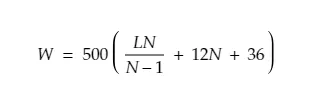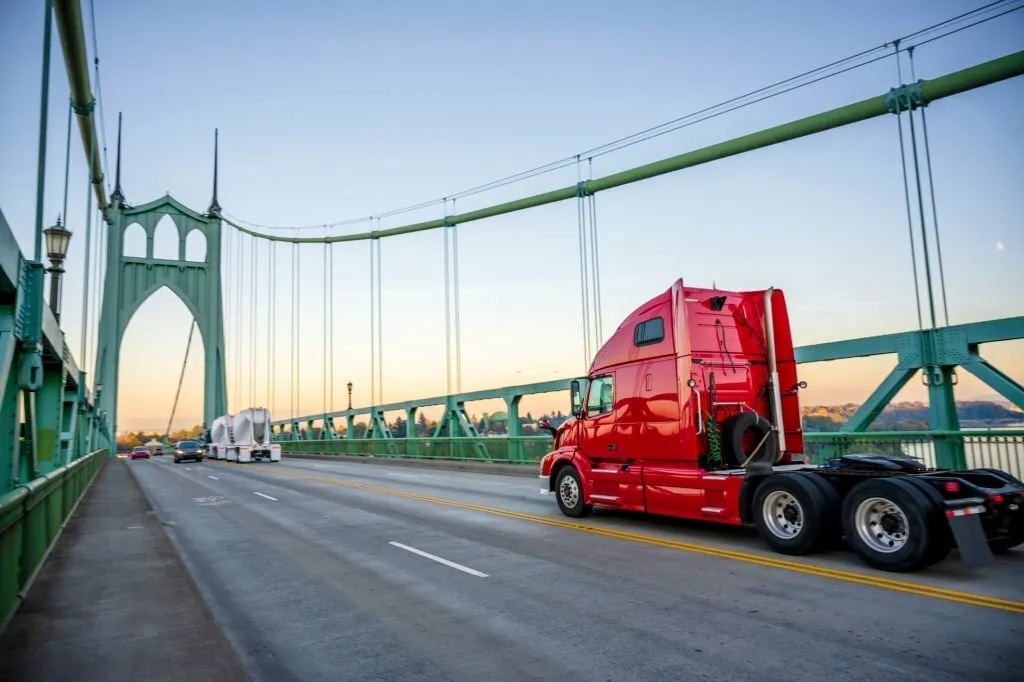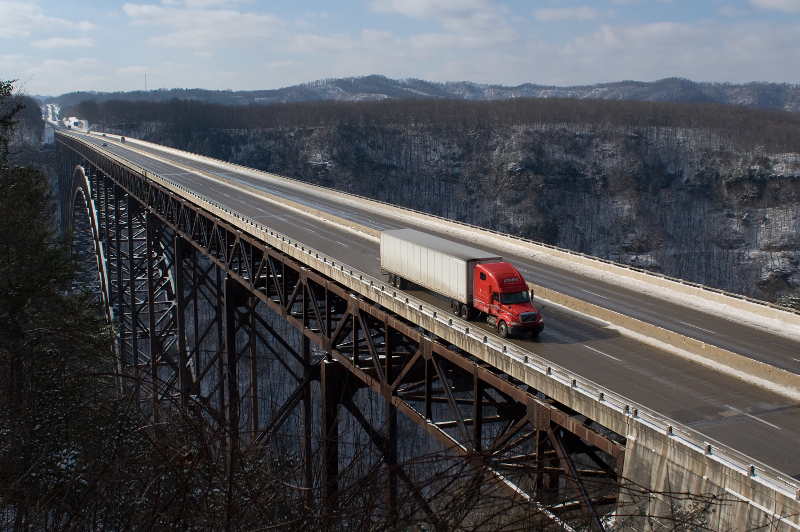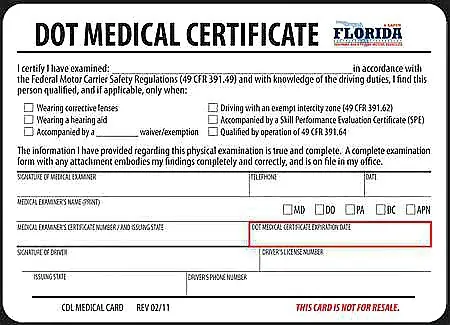Knowing the Bridge Formula CDL is important for a commercial driver. Not only will it make a big difference in terms of legality, but also in preventing damage to roads and bridges, as it will allow proper distribution of the weight. With this guide, we are going to explain in detail what the Bridge Formula CDL is, why it’s such a big deal, and how drivers can use it to avoid financial penalties while keeping the highways safe. We’ll cover everything CDL holders need to know about bridge weight regulations, from new truckers to those just looking for a quick refresher.
What is the Bridge Formula CDL?
The Bridge Formula CDL (or Federal Bridge Gross Weight Formula) is a Federal Highway Administration (FHWA) regulation describing how much weight each axle a commercial vehicle can carry in relation to the spacing between them. It is a formula stating that a truck will not apply excessive stresses to bridges because the dispersion of the truck’s weight inside the tire provides a non-destructive amount of force and assures that the infrastructure will not be damaged.
The fundamental role of the Bridge Formula is to provide the maximum allowable weight that a driver can carry over various axle groups, taking into account the distance between the extreme axles. Two primary options implied in the formula are the number of axles and the spacing between them, hence making certain the distribution of the total weight is safe and reduces stresses imposed on bridges.
The Bridge Formula is represented as follows:

Where:
W = Maximum allowable weight on a group of axles (in pounds).
L = Distance in feet between the outer axles of any axle group.
N = Number of axles within the group being calculated.
Importance of the Bridge Formula CDL

Here’s a deeper look into why the Bridge Formula CDL is important and how it helps all states involved in the transportation network:
Infrastructure protection
Bridges are constructed to bear only a certain amount of weight and that too in a particular manner across their structure. Improperly carried loads in heavy vehicles create stress points that cause the existence of cracks, structural wear, and even collapse over a period of time. The Bridge Formula CDL prevents these from happening because it regulates how much weight is allowed to each axle group because of their spacing. This careful weight distribution reduces stress on bridges and prolongs their life spans, saving huge sums of money in repair and maintenance costs, and minimizing disrupting flows of traffic and commerce.
All road users’ safety
Proper weight distribution is a matter not only of infrastructure but also of safety. An overweight or improperly balanced truck is more difficult to handle on inclines, declines, and curves. The Bridge Formula makes sure that weight is evenly spread out for improved stability of the vehicle and reduced risk of accidents, both on bridges and highways. To drivers and other road users, this means a safer drive accident occurrences from load imbalance are reduced.
Penalties Avoidance
Non-compliance with the Bridge Formula CDL is very costly regarding fines, litigation in lawsuits, and even delays in transport. Weigh stations and roadside checks are common and continually check that trucks are in conformance with the Bridge Formula; failure to meet minimum standards leads to severe penalties. With the Bridge Formula applied accordingly, both the CDL holders and trucking companies will avoid fines and keep their operation processes smooth and safe in terms of their reputation in compliance and safety.
How to comply with the Bridge Formula CDL?

Meeting the requirements of the Bridge Formula CDL requires great attention to weight distribution, load checks, and strategic trip planning. Here’s how to make sure you are in full compliance:
Balance the load correctly
The loading of the cargo across the axles is critical to the compliance requirements for the Bridge Formula. An even distribution avoids overloading on one or more axles. Planning and strategic placement of cargo can result in a balanced load that not only gives you the intended compliance under the law but with regard to stability, safety for the truck also becomes paramount.
Stay updated on regulations
Weight limits differ between federal and state regulations, and some states further restrict certain roads or bridges. Routine compliance with both federal regulations and those of specific states with which they will be crossing ensures that all jurisdictions are met. Keeping current with variable information enables the driver to know ahead of time what to anticipate and to avoid unexpected delays and fines while keeping the travel without interruption.
Keep track of axle weights
The weight of each axle needs periodic checking, particularly in carrying variable loads or when the drive is for long haul. In-board scales and portable axle weight scales enable the driver to check the weight on every axle and make corrections. Continuous checking at regular intervals serves to save the driver from trouble at weigh stations, apart from keeping the load within legal limits on the highways.
Use weigh stations as checkpoints
The frequent stops at the weigh stations are partly to check that both the total weight of the vehicle, as well as axle weights, are within the legal limits. Weigh stations give drivers an opportunity to make sure their weights are acceptable and reduce any potential for fines and delays on the road. Drivers should treat these stops as normal checks on the road because, in case there are minor issues, they can be resolved on the spot.
With these guidelines, the CDL drivers will be able to stay within the Bridge Formula limits without wearing down the infrastructure and helping to ensure a much safer journey through the trip, both for themselves and other road users.
FAQs
1. What does the Bridge Formula prevent?
The Bridge Formula mainly prevents structural damage to bridges caused by concentrated weight loads. Because it requires trucks to distribute the weight correctly, the formula prolongs the life of bridges and reduces the chances of structural failures that could cost lives and paralyze transportation.
2. Is the Bridge Formula CDL the same in every state?
No. While the Bridge Formula is a federal requirement, various states may have their set of rules and regulations regarding weight limits on specific roads or bridges. In this way, drivers will know not only federal laws but also specific state regulations that may affect their route.
Final thoughts
Understanding the Bridge Formula CDL is quite fundamental to drivers of commercial vehicles. This does not just ensure that a driver is in compliance with federal law, but it also plays a significant role in maintaining infrastructure and all the roadways safe as well. By learning how to apply this formula and verify the state-specific requirements, CDL drivers will not only avoid costly penalties, but they’ll be making the roads safer and more reliable for everyone. Take the time to explore the formula and regulations today to be safe and legal on every journey!



